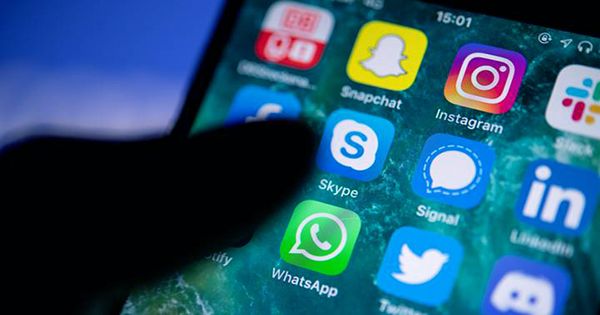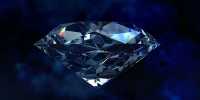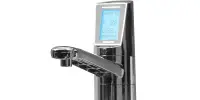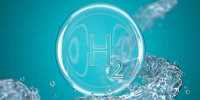The new creation of the University of St Andrews and the European Chemical Society (EuChemS) provides a striking picture of our world not restoring use – but not reusing it. Since 2019 has been announced as the year of the periodic table, to mark its 150th anniversary, scientists have created a revised periodic table highlighting the growing shortage of components used in everyday devices such as smartphones and TVs.
David Cole-Hamilton, vice-president of EuChemS, said in a statement, “Surprisingly, everything in the world was made up of just 90 building blocks, 90 naturally occurring chemicals.”Everyone here has a limited amount and we are using some so fast that they will become extinct worldwide in less than 100 years.”
Scientists are particularly concerned about mobile phones, as most people upgrade every few years. In the European Union alone, about 1 million smartphones are discarded or replaced each month. Smartphones consist of about 30 components, of which 17 may be a cause for concern in the coming years due to limited supply, location of conflict sites, or our inability to fully recycle.
EuChemS noted, “We need to see greater recognition of risk aversion crises and take steps to support better recycling practices and an efficient circular economy.”
Conflict minerals: These gray-colored minerals come from mines in countries where company ownership is at stake. These include tin (Sn), tantalum (Ta), tungsten (W), and gold (Au). Although they are found in countries where war is not going on, they are in limited supply. Cobalt (Co) often comes from conflict zones but is not currently classified as an anti-mineral.
Color code: The table is colored code to indicate endangered elements, often holding human hands. In most cases, we don’t actually go beyond the material; it just becomes rare and hard to harvest. Helium is the only exception here. It is so light that it can escape from the Earth’s atmosphere and be lost in space. This is unfortunate because we use helium in high-field magnets, such as in MRI machines. Deep-sea divers use helium to mix oxygen in their tanks. Perhaps the use of helium is not so important for birthday balloons.
Serious threat: EuChemS puts special emphasis on indium (In), phosphorus (P), and lithium (Li). Indium is used on smart screens as part of the film that conducts transparent indium tin oxide. Based on current usage and crop rates, the material will be used within 50 years and will become extremely expensive.
Lithium is used in rechargeable batteries and it is relatively easy to recycle. However, we probably need to expand our game to keep pace with supply in the coming decades. Phosphorus is actually used in our own bodies, primarily for the formation of bones and teeth. A significant portion of the phosphate minerals we use to go out of the fields or human sewers.
British MEPs Katherine Stihler and Claire Moody introduced the revised periodic table in the European Parliament on 22 January.














